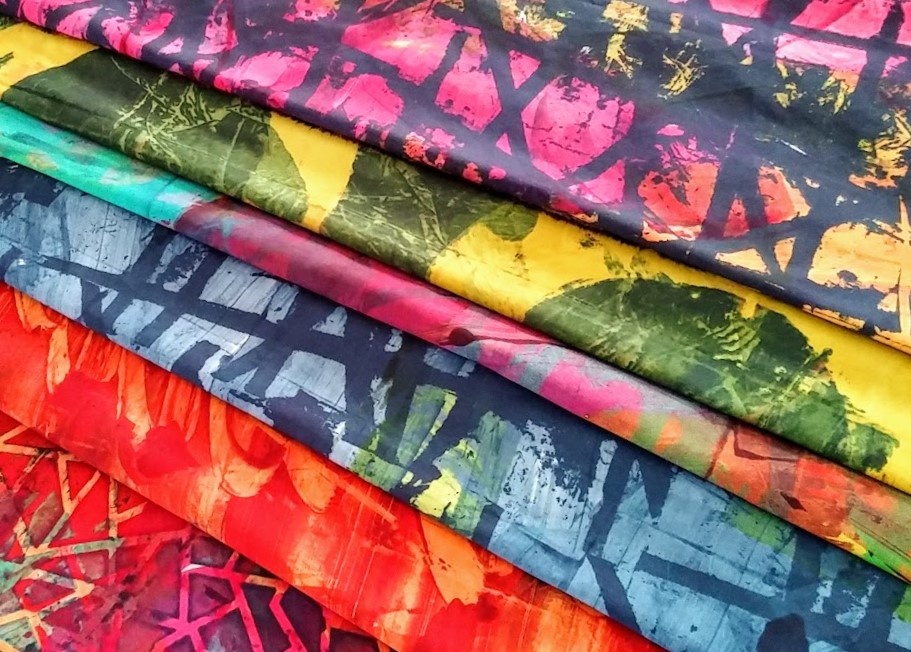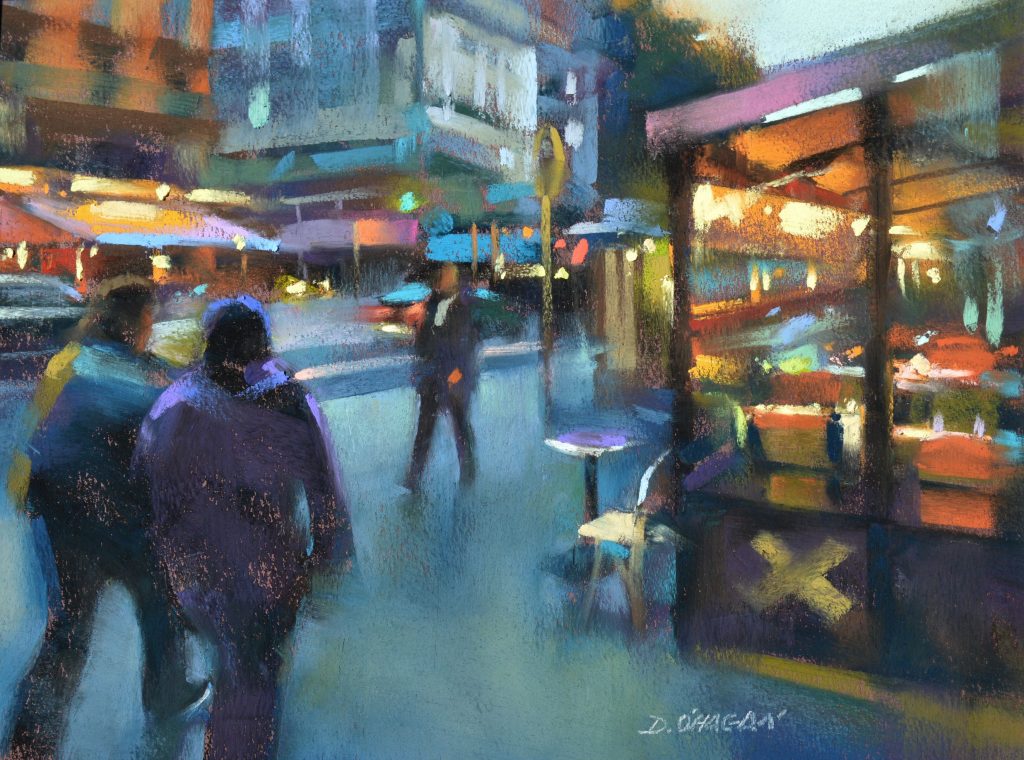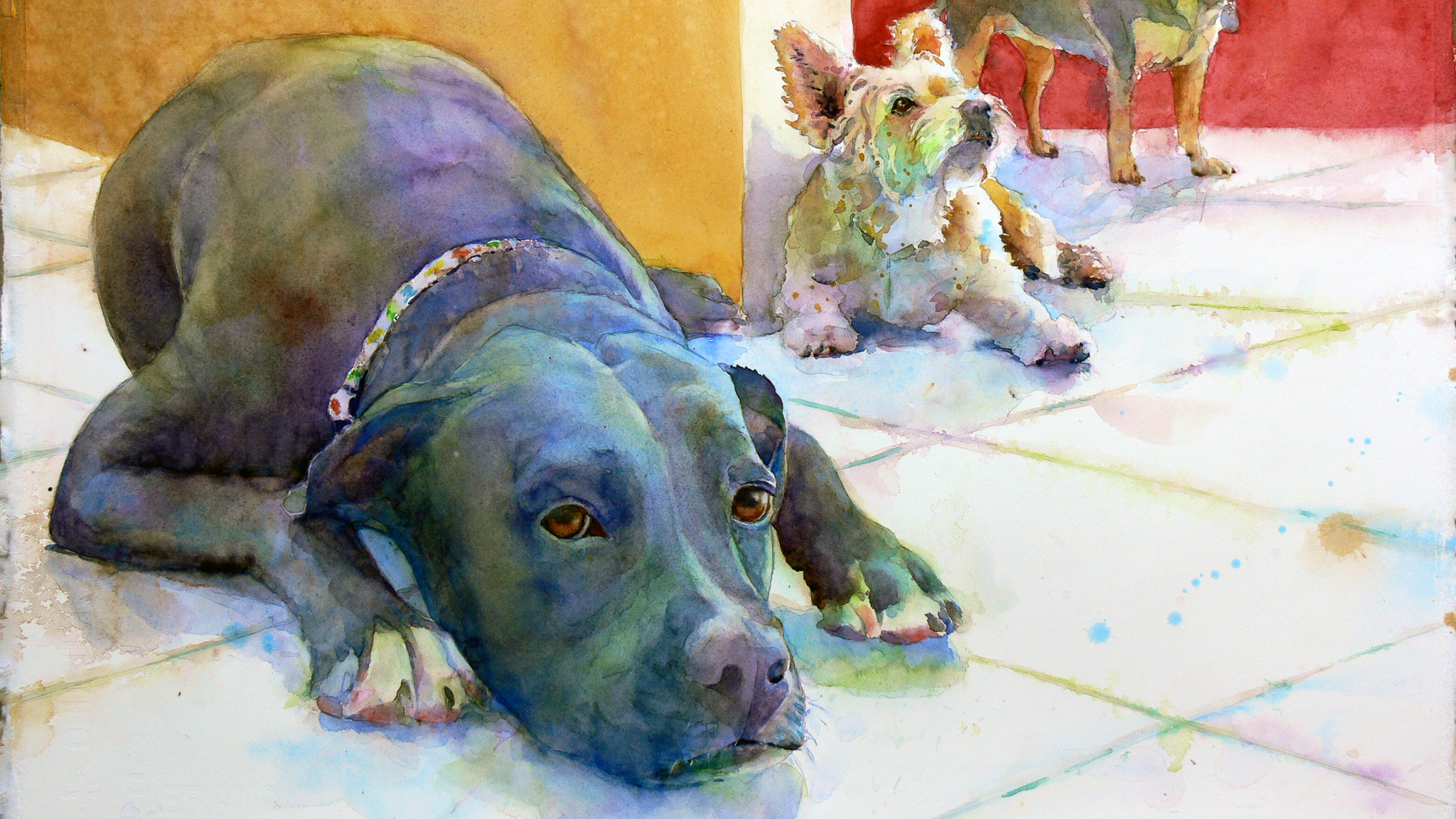With works that carry a graphic, color-saturated palette using her hand printed fabric, Pat Pauly’s fiber art is seen around the world. Her textile work began in the early 1980s and was first accepted in Quilt National ’83, and has continued being shown in major exhibitions. Her fiber art’s distinction is with using a strong abstraction of natural forms and complex color combinations.
Pat joins us next summer for her ‘Glorious Prints’ workshop from July 26th-August 1st in which you’ll discover glorious ways to print on fabric using permanent textile dyes. With Pat’s techniques for applying color from scrapers to rollers to print methods, this class layers techniques on fabric that becomes one-of-a-kind. Starting with simple layers, then add on a variety of printing techniques making fabric that contains bold, graphic elements.

Q: How did you first begin creating art with the medium(s) you’ll be using in your workshop?
PP: I chanced to take a class in printmaking and after screening on paper, tried cloth. Intrigued with the result, I used it to make a quilt, then another using the printed fabric. These were successful, and I continued to make quilts after my initial printed fabric works. I made quite a few and was exhibiting them before I ever took a formal quilting class.
Q: What are your biggest challenges to creating art and how do you deal with them?
PP: Time continues to be the greatest obstacle for making work. Each piece is in itself a time-consuming endeavor, and just having a block of time to work on a piece has difficulties. I try to ignore the administrative side of my job and focus on the morning for studio work.
Q: How has teaching impacted your personal art practice?
PP: Often, students worry that I will take away the ideas they generate in class. Somehow that has not interested me, but I will do some demonstrations that are quick and free flowing. I’ve learned so much from these demo pieces and the style has worked its way back into my studio practice. I hear my admonishing to “work quickly, think less” in my head, almost as if I were guiding myself instead of my students. So, that voice helps me to! My approach to my art is to encourage students to work large, to take in composition. And I bring my finished work as examples. That seems to inspire the class work. And I’ve become more at ease with my work, and more at ease in sharing techniques for how to compose and build the work.
Q: What advice has influenced you?
PP: A colleague suggested that I continue to use fabrics that are commercial as well as artist-made. Though I’ve been using exclusively artist made fabric, I do pay attention to using uncommon pairings. Composing with conflicting patterns are enjoyable.
Q: What’s one tip you have or trick you use for keeping your studio space organized?
PP: Who said it was organized? I do clear the deck after a large project, but that is because I need the space to square the work and add the finishing. But that said, most of my materials are stored in clear containers. If I can’t see the parts, they don’t exist.














